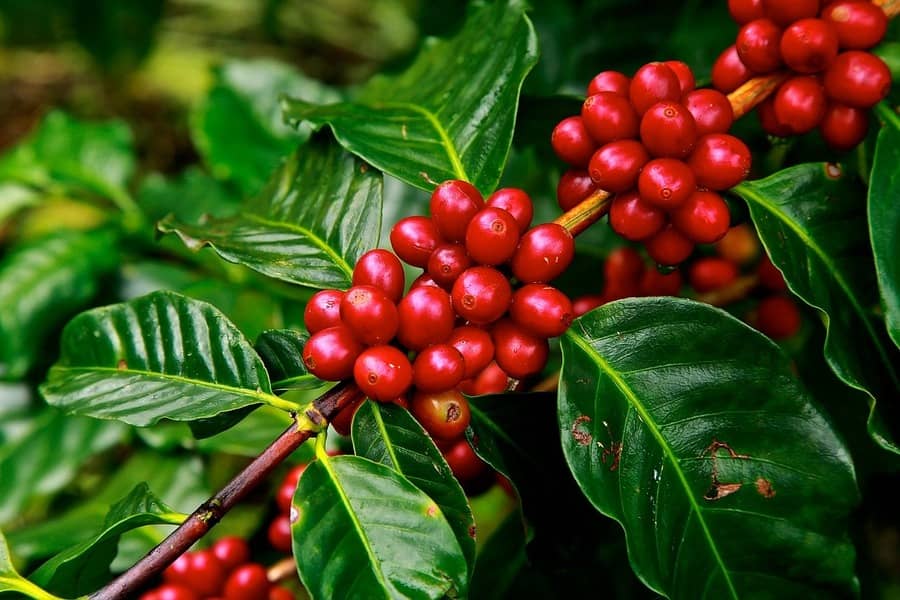The fall in prices, as paradoxical as it may seem, ended up activating a few more negotiations in the Brazilian physical market. The growers who needed to raise cash came to the market. But in general terms, the business flow remains slow. The lower availability, due to the frustrating production of Brazil’s 2022 crop, is an important limiting factor for sales. The fact is that growers remain on the defensive. But there is no great aggressiveness on the buyers’ side either. So much so that differentials in FOB Brazil exports even widened a little for some descriptions with short-term shipment, despite the fall in the NY benchmark.
The month of September has a significant weight in the business flow, as it concentrates a large volume of delivery of forward contracts, the negotiations for future deliveries between growers and trading companies or cooperatives. Especially this year, there was great tension over the percentage of rollovers, as Brazil’s 2022 crop was much smaller than initially expected. In the regions of the south of Minas Gerais, Cerrado, and Mogiana, which are more dynamic in forward negotiations, the rollover was around 50% of contracts, with most trading companies showing flexibility in adjusting future crop deals. Out of this total, the vast majority was settled with Brazil’s 2023 crop, with a little volume of coffee being moved for 2024 and 2025 crops. This information is important for the business flow of the current crop, but it also impacts the growers’ commercial commitments with Brazil’s 2023 crop.
The September deliveries and the percentage of rollovers ended up bringing a little more light on the size of Brazil’s 2022 crop, although the picture is still open. It was a year of learning, never seen before. The climatic implications, which go from drought, extreme cold and frost, to excessive rainfall during the blossoming and graining stages, with very long intervals of drought and temperatures above average, brought a significant impact on crop development. In view of this, SAFRAS has again adjusted its production number for Brazil’s 22/23 crop, dropping it to 57.30 mln 60-kg bags (34.60 mln of arabica and 22.70 mln of conillon). The previous forecast was 58.20 mln bags.
The SAFRAS survey indicates that until October 18, sales of the 22/23 crop in Brazil reached 60% of the expected production. The 8% increase of 8 percentage points in relation to the previous month is much more linked to a downward revision in the size of the crop than to a more intense flow of new sales. This percentage comprises barter, forward and physical sales. The growers’ current commitment is well below the same period last year, when sales reached 68% of the expected output. It is worth remembering that last season, besides lower production, the flow of forward sales was also more intense. Even so, the commercial flow remains slightly above the five-year average for the period, which is around 58% of production. In 2020 and 2021, commercialization was much faster, which helped to push the average percentage of sales up.
Arabica sales reached 58% of the total crop, with growers lengthening positions and being more focused on deliveries. The cost of more money and financial and economic uncertainties help to keep buyers on the defensive, which contributes to a slower business pace. In the same period last year, the commitment on the part of growers was around 65%. The five-year average for the period is around 56%.
Conillon sales reach 64% of the crop, mainly from the domestic roasted and ground industry. The sales flow continues well below the same period last year, when it was at 73% of production and slightly above the 5-year average for the period (63%).

